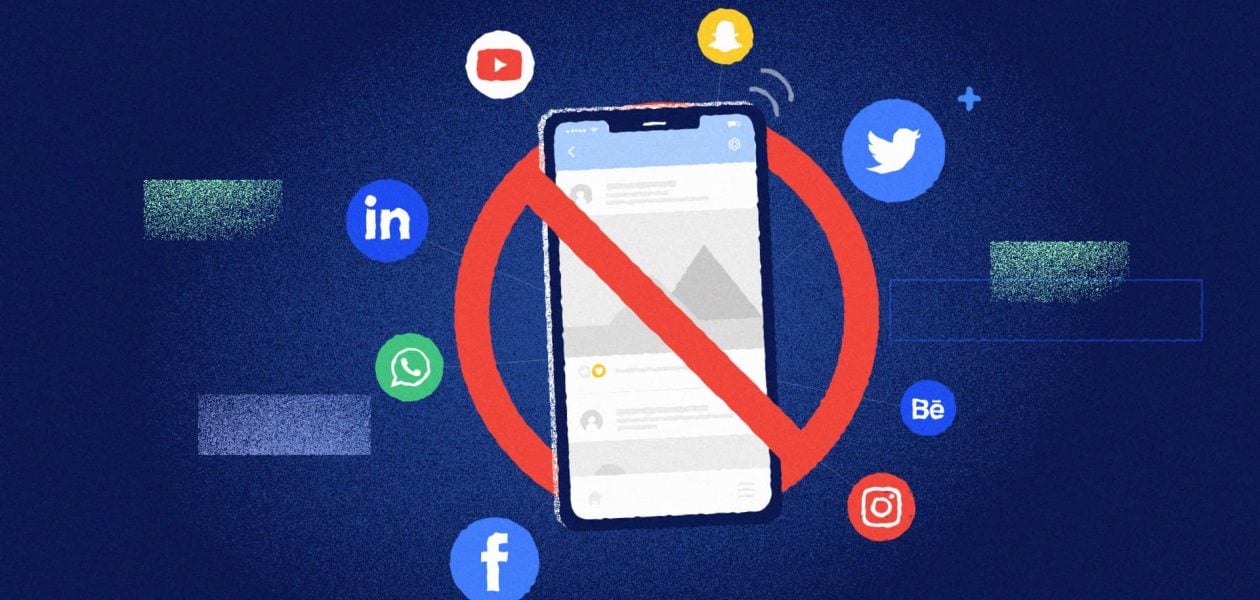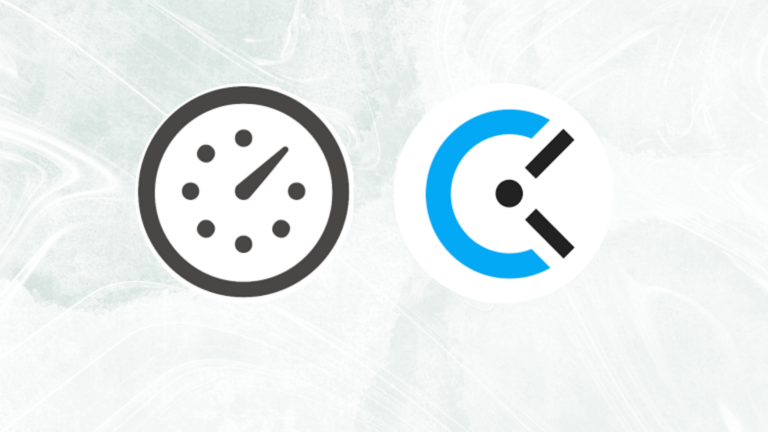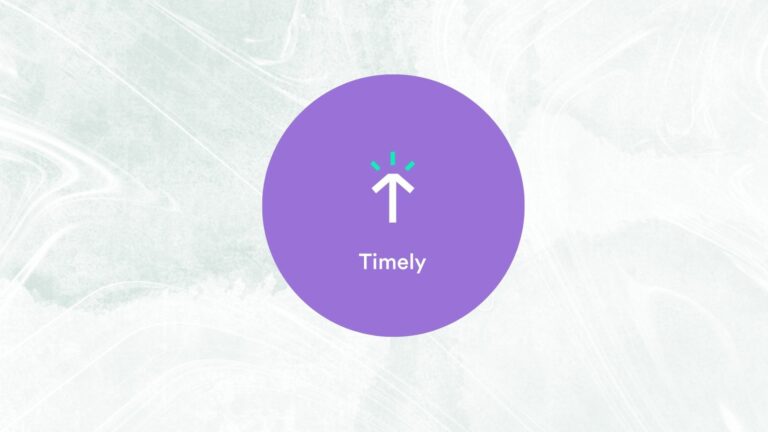Right now, the world is bizarre. As a result of being cut off from our daily lives, we rely largely on digital technologies to get through the day. Consider this: we learn, work, and socialize online. Screens provide us with news, allow us to read books, and allow us to binge-watch entertainment. It’s unsurprising that individuals have developed an addiction to technology.
How many times do you believe you reach for your phone in an hour while working or studying? Once? Twice? Actually is much more. According to figures collected by a screen lock app, the average user actually checks their phone around 110 times a day. In another survey conducted in the United States, society’s digital distraction epidemic is having a significant influence on our capacity to focus and complete activities at work and in our personal lives.
Researchers have gone as far as saying that we spend on average “EIGHT HOURS A WEEK CHECKING NOTIFICATIONS!”
If you’re having difficulty getting work done and keeping your eyes off your phone’s screen, you’ve come to the correct place. Here are five strategies to assist you in putting away digital distractions and getting back to work.
Table of contents
1. Put Your Phone in a Drawer🔒
This may sound severe, but there are times when you simply need to rest. If your phone is blinking and buzzing alongside you, you’re naturally tempted to take it up and see what’s going on. Creating some physical distance from oneself may be all you need to interrupt the cycle of reliance.
If the drawer is too extreme, consider flipping it over on silence to avoid seeing the screen illuminate, or using the ‘silent’ or ‘do-not-disturb’ option. Contrary to popular belief, you do not always need to respond immediately to your notifications. The benefits of asynchronous communication are especially relevant for remote employees who spend most of their day hooked to a screen. Your phone, laptop, Apple Watch, and any other gadget should all allow you to disable notifications while you work.
If you’re concerned about emergencies, you may disable all notifications except the ringtone, just like you would with an old-fashioned phone (the kind with the cord attached to the wall).
2. Plan Screen Time and Breaks Into Your Day🤳
Your eyes are not deceiving you—in fact, taking breaks and spending time on your phone is recommended. Simply ensure that these breaks are scheduled into your calendar.
If you are most productive in the morning, make the most of it. Certain individuals discover that taking periodic breaks throughout the day increases their productivity. Others like to work during designated hours. It is critical that you optimize your schedule so that it works for you rather than against you.
Rather than sneaking looks at your phone during meetings, treat screen time like a scheduled appointment. For instance, commit five minutes of each hour to catch up on the newest Twitter discussions.
3. Try the Pomodoro Technique🍅
If you are not fluent in Italian, you may be baffled as to why this term simply translates as ‘tomato technique.’ The Pomodoro Technique is a time management technique developed in the 1980s by Francesco Cirillo, an Italian university student. It enhances attention and minimizes digital distractions.
Begin with your daily to-do list for this strategy. Then, set your timer for 25 minutes (Cirillo’s timer was shaped like a tomato, hence the name ‘Pomodoro’) and focus solely on your job until the timer runs out. Keep track of your progress and reward yourself with a little break for remaining focused. Continue in this manner, taking longer breaks as necessary for more difficult jobs.
This technique is all about directing your mental focus on a single task. When you provide your mind a clear and direct path to follow, you significantly reduce your chances of being distracted by the cacophony of the digital world.
💡 If you are interested to learn more about the Pomodoro Technique, we’ve covered an entire article on the Pomodoro Technique- what are the benefits, how you can use it to increase your productivity. Click here.
4. Limit Multitasking🙋♀️
People often take pleasure in their ability to multitask. While juggling many tasks is undoubtedly a skill, it can also be difficult and distracting. If you’re anything like us, you frequently begin a project, receive an email on a different subject, and immediately abandon your prior activity in order to answer the email. This can result in decreased production as a result of the time required to transition from one work to the next. Additionally, having a million things on the go might be insane!
To avoid distractions, concentrate on one activity at a time and accomplish it (or a significant portion of it) before returning to your emails or notifications for the next task.
💡 Remember it’s always better to do one thing at a time. The more you take on your plate the higher the chances of you messing up.
5. Try a Deep Focus Playlist🎧
Let us be candid. Some days, no matter how hard you try, you just can’t seem to focus. If brief breaks are ineffective, it’s far too easy to disable ‘Do Not Disturb,’ and 25 minutes of work feels like an eternity, this final strategy may be for you.
If you’re unfamiliar with concentration music, you’re in for a treat. You can easily find numerous playlists on Spotify and YouTube that will help you to focus.
There are six genres of music that successful individuals employ that have been proven to increase productivity and eliminate distractions:
- Classical: Mozart and Beethoven.
- Nature: Ocean waves, thunderstorms, rain, etc.
- Cinematic: Music you normally hear in tha background in moviews
- Video Game: Why do you think it’s so easy to get lost in hours of gaming?
- 50 And 80 Beats Per Minute: This tempo will actually put your brain into an alpha state.
- Lofi and Deep Focus: Search for these on Spotify and you’ill thank us later!
Summary
Regardless of whether or whether these five recommendations resonated with you, the most important thing is to adopt them into your daily routine. Slack, WhatsApp, email, social media, are all examples of digital distractions. Establish boundaries, separate work from break times, and foster an environment that will push you towards to success.
The desire to check social media is natural and almost certainly will always exist, which is why developing strategies for successfully avoiding distractions will be beneficial now more than ever.


